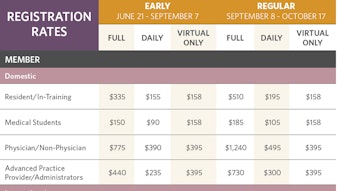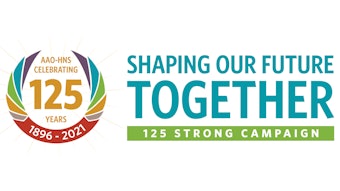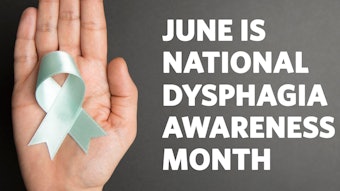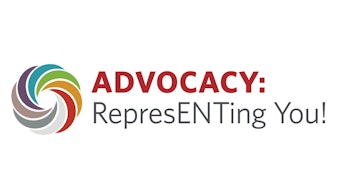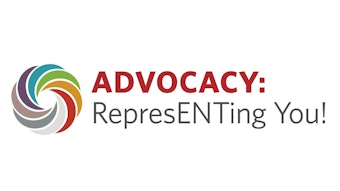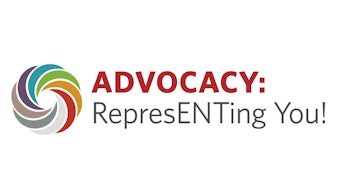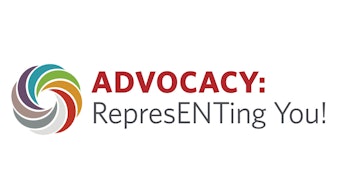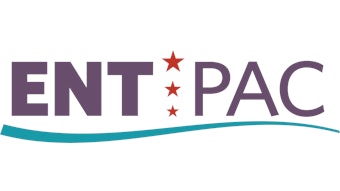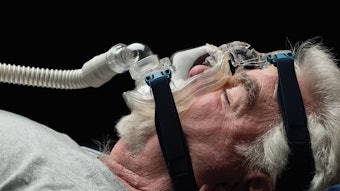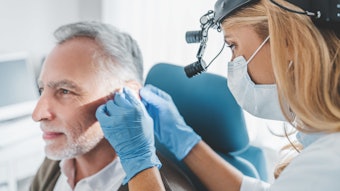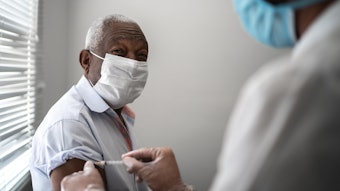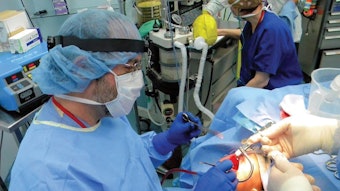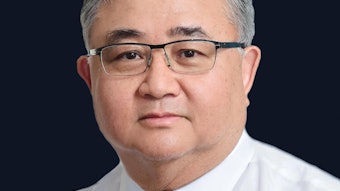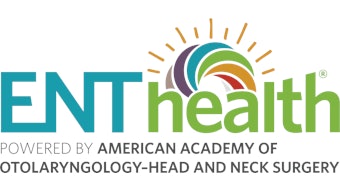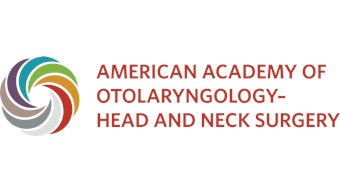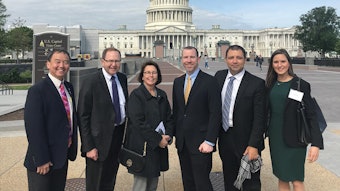RUC Surveys: A Critical Component of Determining Medicare Reimbursement
The Current Procedural Terminology (CPT) Editorial Panel creates new Category I CPT codes.

The Current Procedural Terminology (CPT) Editorial Panel creates new Category I CPT codes. This process occurs when a new procedure or device is introduced and there is not yet an existing code in the current CPT code-set to accurately describe the new service. New codes often replace the use of a temporary Category III code and result in streamlined reimbursement for providers. While the creation of new Category I CPT codes is an important first step in the process of adopting new services and advancing technology, this is not where the path to adoption ends.
After a code is created by the CPT Editorial Panel, the code is then sent to the RVS Update Committee (RUC) Panel for valuation. This valuation is based on evidence provided by medical societies and includes malpractice, practice expense (PE), and work Relative Value Units (RVUs). Previously established codes may also be in included in the valuation survey process. The resurvey of an established code can occur for a variety of reasons, including by request from the Centers for Medicare & Medicaid Services or due to large changes in utilization.
Although the malpractice and PE RVUs are important, this article will focus on the development of work RVUs. The work RVUs for otolaryngology codes are determined according to surveys completed by Academy members. These surveys must by performed either when new codes affecting the specialty are created, or when existing codes are edited beyond simple semantics.
RUC surveys are created according to a template provided by the American Medical Association (AMA) and utilize existing standardized questions. This standardized process allows for the RUC Panel to review recommendations across all specialties equally. Survey questions include how long a procedure takes as well as intensity comparisons to currently valued codes. The AMA requires a minimum number of surveys to be completed in order for the results to be considered valid. If the minimum is not realized, the process must be repeated. Achieving a higher number of surveys is preferable as accuracy can increase with a larger dataset.
When RUC surveys are sent out, they are not distributed to the entire AAO-HNS membership. Instead, surveys are sent to a carefully selected group of Academy members. The selection of potential survey respondents is made based on the procedure performed and subspecialty designation. For example, if the procedure being valued is typically done by laryngologists, a random selection of Academy members who self-designate as laryngologists will receive the survey. The Academy also works with the various otolaryngology subspecialty organizations to ensure that appropriate representation from these groups’ membership is also included in the survey results. As with any survey process, the Academy and AMA/RUC expect that there will be some variation in survey responses. Mechanisms are built-in to account for survey outliers, however an accurate capturing of current standards of care is paramount in attaining appropriate value for the procedure from the survey. Therefore, all survey input is taken into consideration.
After surveys are returned, the RUC panel convenes to begin valuation according to the responses received. The RUC Panel is required to value procedures as the code change applications have already been passed by the CPT Editorial Panel but is not required to accept the survey results. If the panel determines that survey responses are invalid, the survey process must be repeated and the process begins again.
RUC surveys are a crucial part of the Medicare valuation process, on which many third-party payers also base reimbursements. As such, the Academy implores members who receive a RUC survey and have experience in performing the procedure under review to contribute to the process by carefully and thoroughly completing the survey. At the same time, the Academy also requests AAO-HNS members to consider the potential impact of skewed survey results in the event they receive a survey for a procedure that they do not often perform. The Academy encourages practitioners to complete the surveys as accurately and thoroughly as possible.
The AAO-HNS greatly values the contributions made by members through the RUC survey process, as it would not be possible without member participation. These contributions are an essential component of the RUC process and help ensure that otolaryngologist-head and neck surgeons are reimbursed accurately, fairly, and effectively for the important services they provide.

